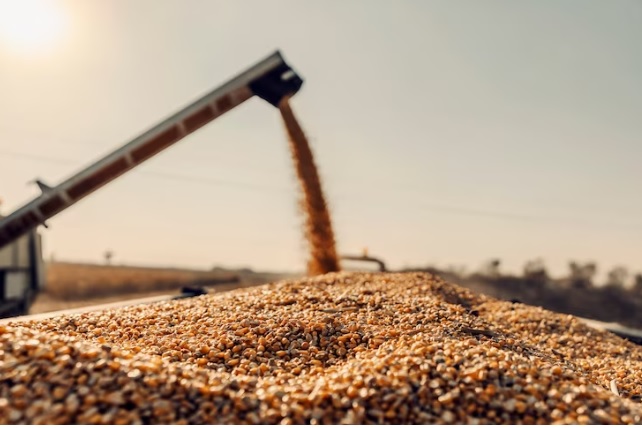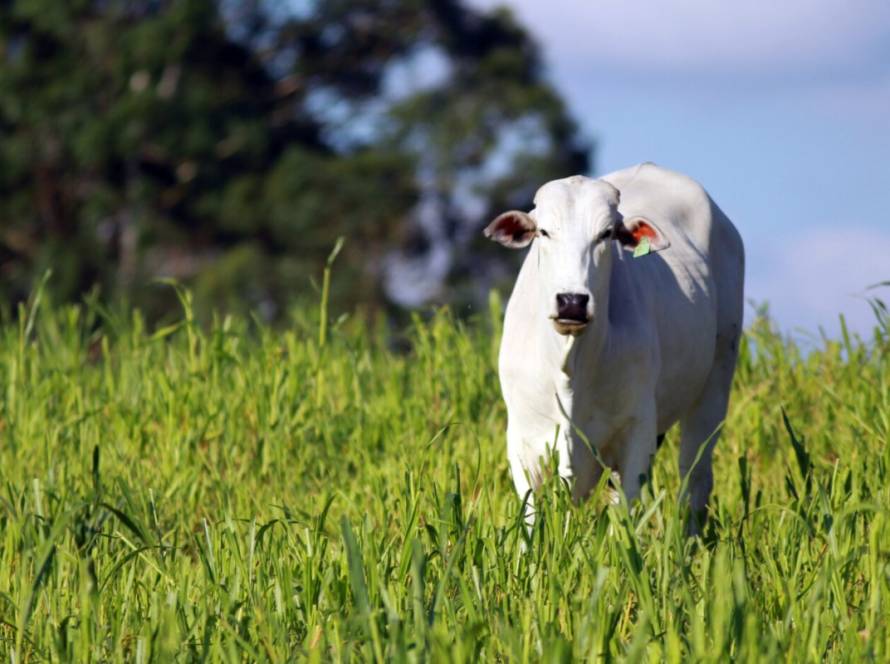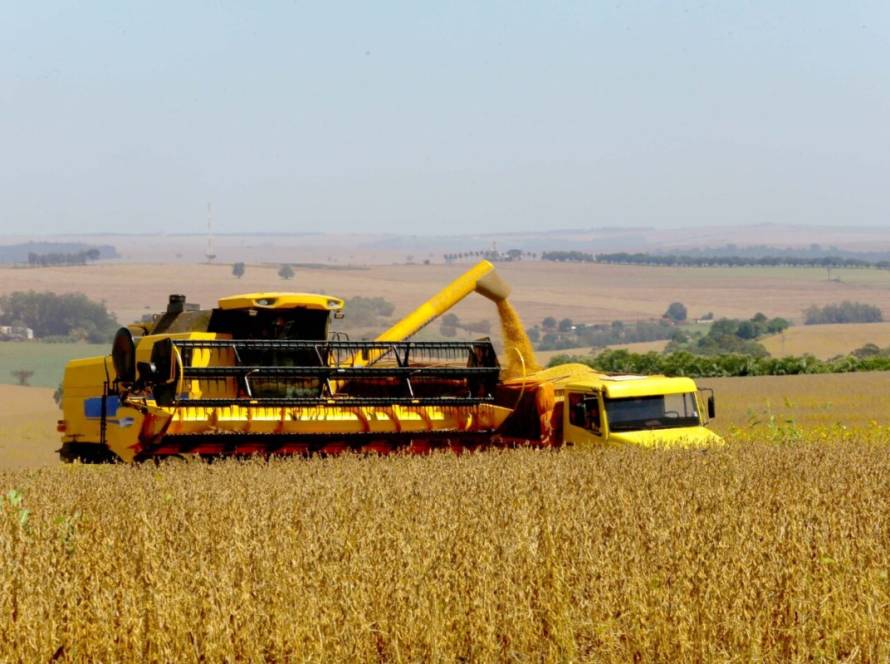The National Supply Company (Conab) confirmed on Thursday (13) that Brazil may reach a new record in grain harvest. The 6th survey of the 2024/2025 harvest projects a volume of 328.31 million tons, an increase of 10.3% (30.56 million tons) compared to the previous harvest. The growth in production and productivity, especially for soybeans, corn and rice, added to an increase of 2.1% in the planted area, is attributed to the favorable market situation and the expectation of climate conditions more suitable for the development of crops.

Photo: Wenderson Araujo
In Rio Grande do Sul, production is expected to reach 36.34 million tons, a reduction of 1.3% compared to the last harvest. The state remains the third largest grain producer in the country, behind Mato Grosso and Paraná, followed by Goiás.
The planted area is expected to reach 10.45 million hectares, an increase of 0.3%. The drop in production was caused by the drought, which mainly impacted soybean crops. However, there is an outlook for excellent production in the rice and corn harvests.
During the survey, conducted at the end of February, the drought persisted in the state. Crops were impacted by irregular and poorly distributed rainfall, with storms associated with high temperatures, which generated a significant shortage of precipitation, affecting water reservoirs. “Our state, which produces 11% of the national grain harvest, once again faced climate challenges that negatively impacted the soybean crop. However, the 6th survey presents positive prospects for the corn and rice harvests, which represents a significant benefit for the state and for Brazil, since Rio Grande do Sul is the main national producer of rice and first-crop corn,” highlights the president of Conab, Edegar Pretto.
The numbers of the Gaucho harvest
Soy
Soybean production is estimated at 17.1 million tons, a reduction of 13.2% compared to the previous harvest, positioning the state as the 4th largest producer of the oilseed, behind Mato Grosso, Paraná and Goiás. The cultivated area is expected to increase to 6.84 million hectares, with an increase of 74.4 thousand hectares (1.1% more than in the 2023/2024 harvest).

Photo: Gilson Abreu
Soybean crops continue to be affected by the lack of regular rainfall. Those planted later suffered significant losses, with losses that may be irreversible. The productivity estimate is 2,495 kg/ha, a reduction of 7.5% compared to the previous survey, 16.1% below the initial estimate and more than 30% in relation to the crop's potential.
Corn
RS is the largest producer of first-crop corn. Sowing has been completed, and the harvest has already exceeded 80%. Production is expected to reach 5.5 million tons, an increase of 13.7%. The planted area may reach 719.6 thousand hectares, a reduction of 11.7%. The average productivity estimate was adjusted to 7,664 kg/ha, an increase of 16% compared to the previous month. Although crops still in the field showed losses, crops already harvested made this increase possible. Despite the positive results, some crops showed consolidated losses due to the drought.

Photo: Disclosure/CNA
Wheat (2025 harvest)
The state of Rio Grande do Sul is the largest wheat producer in the country. For the 2025 winter harvest, production is expected to grow by 4.4%, reaching 4.1 million tons. The cultivated area is expected to be 1.29 million hectares, a reduction of 3.8% compared to the 2024 cycle. The estimated average productivity is 3,172 kg/ha. The data for wheat, which will be planted around May, are based on statistical models and market analysis.
Rice and beans
Rice production is expected to reach 8.3 million tons, an increase of 15.9% compared to the previous cycle. The planted area is estimated at 951.9 thousand hectares, with growth of 5.7%. The expectation is for an increase in the cultivated area in all producing regions, especially in the South and Western Border, due to the good profitability of the crop at the time of planting, the good volume of water in the dams and rivers during planting and the possibility of early preparation of the areas, which favors good productivity.
Bean production is expected to reach 76.9 thousand tons, an increase of 7.3%. The planted area is expected to be 48.5 thousand hectares. The crop

Photo: Gilson Abreu
The first harvest of colored beans is concentrated in the Upper Plateau, where good technological packages are used.
Sowing began in December and was completed in January. More than 60% of the crops are in grain filling and 30% in flowering. Although the drought impacted development, the weather conditions in the region were less severe, and the crops still show good production potential.
The sowing of the 2nd crop of black beans continues in the state. The operation began in January and progressed slowly until February, when the rains improved soil conditions, allowing a rapid increase in the sown area, which reached 88% at the end of the month. In the Planalto Médio, which is the main producing region, expectations are good, especially due to the high proportion of irrigated crops. In this region, 90% of the area has been sown, 20% is in emergence and 80% is in vegetative development.




